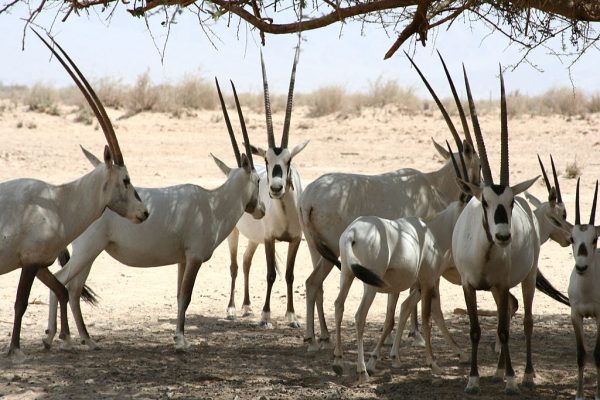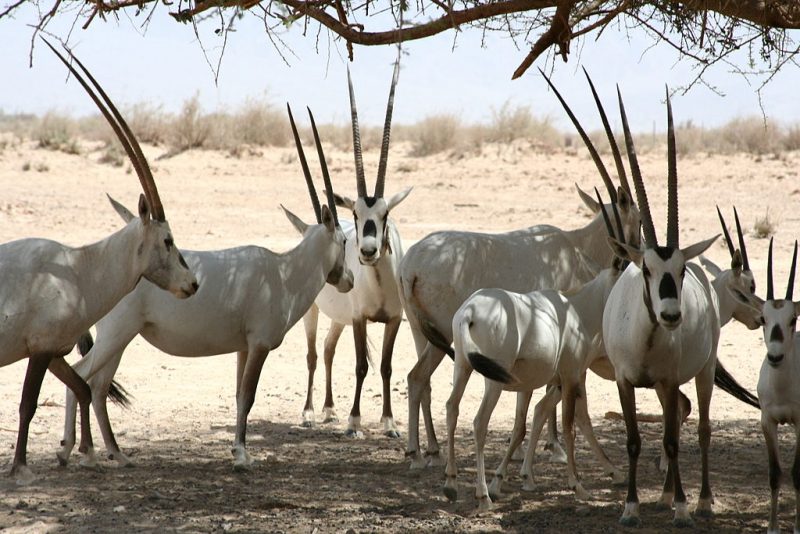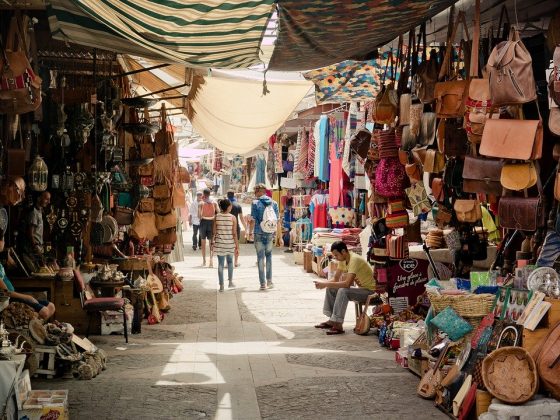The story of the Arabian oryx is truly remarkable because while you can see this animal in its natural habitat today, at one time it was extinct in the wild.
A Tale of Sorrow
In the1970s, the Arabian oryx was all but extinct due to poaching and hunting. The last of these species were found only in captivity and the future for this antelope species looked bleak. But thankfully, this was not the end of its story!

Conservation in Action
The first captive-breeding herd of the Arabian oryx was started in 1962 by Fauna and Flora International (then known as the Fauna and Flora Preservation Society of London) and the Phoenix Zoo. Additional initiatives were seen in the UAE including the setting up of the Arabian Wildlife Park home to a free roaming Arabian oryx population.
A Closer Look
Today, you can get up close to these amazing animals when sightseeing in Abu Dhabi. One place to do so would be Sir Bani Yas Island, where you will find the above-mentioned Arabian Wildlife Park. On the island, you can stay at Desert Islands Resort & Spa by Anantara and explore the park which has one of the world’s largest herds of Arabian oryxes.
Growing Numbers
The wild oryx population in the Arabian Peninsula numbers around 1,220 which is quite remarkable considering this animal was all but extinct. In fact, the status of the Arabian oryx as classified by the IUCN (International Union for the Conservation of Nature) has steadily improved from “endangered” to “vulnerable”.
Damon Starky is a creative nomadic travel writer, who is well informed and experienced on a wide range of interests that would connect to the needs of any type of traveler. Google+











